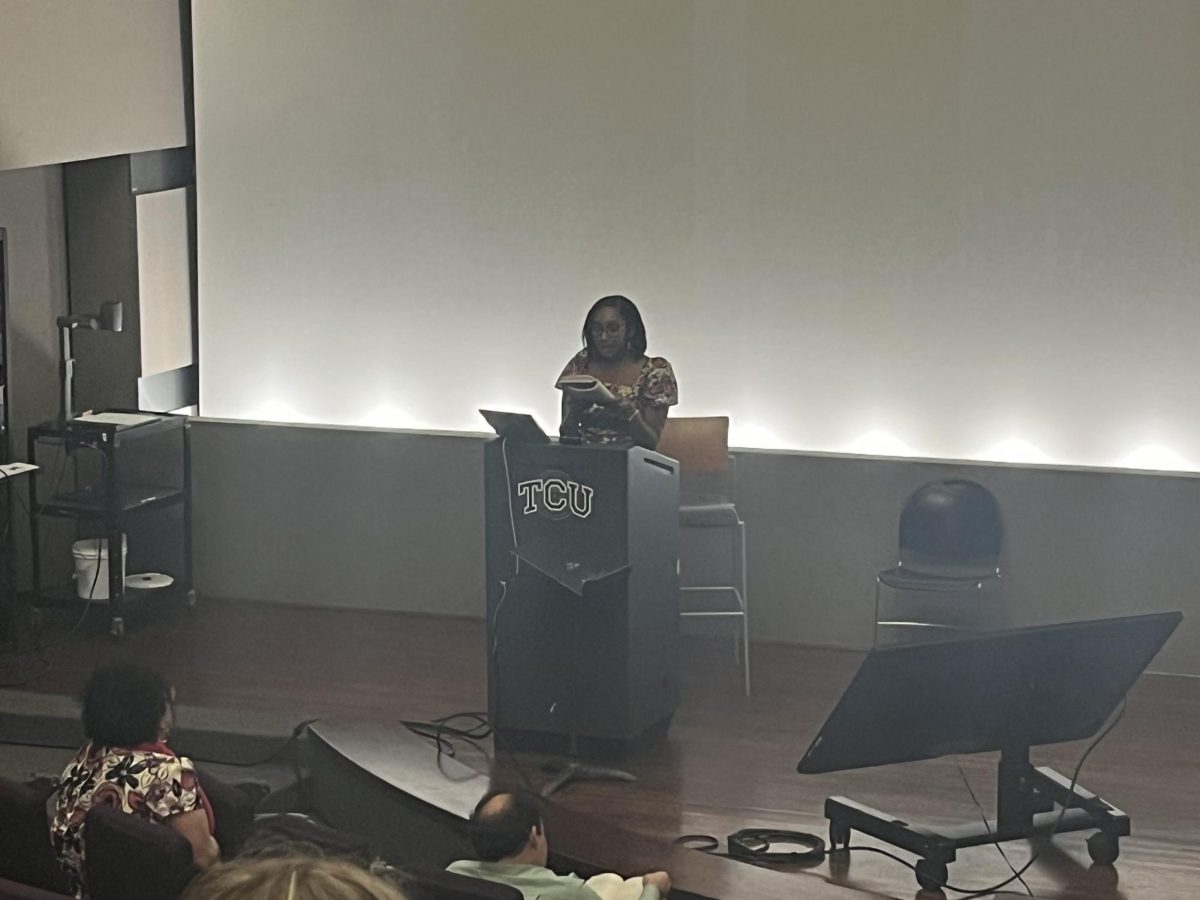They come from Division I schools as big as Cal and Nebraska and junior colleges as small as Frank Phillips Junior College in Borger and Colby Community College in Colby, Kan., but they are all donning the purple and white this season.And the roads traveled to get to Fort Worth for a couple of smooth-shooting, left-handed players were as different as the schools they went to before TCU.
Take Henry Salter, for instance.
Hoping to improve his options after a stellar high school career, the junior guard spent two years at Mississippi Gulf Coast College developing himself into one of the best junior college players in the nation.
He would finish his second junior college season with All-American statistics, ranking fourth in scoring at nearly 25 points a game and an eye-opening sixth in rebounding at nearly 12 boards a game.
Despite the gaudy numbers, exposure was still a problem for Salter.
“The fact that we do not get that much exposure in the state of Mississippi, it was kind of complicated for a time, but then my name started to get out,” Salter said. “I began to get exposure by a few mid-major schools and everything else went from there.”
Statistics gathered by Collegehoops.net in 2006 involving 40 junior college transfers in Division I’s six power conferences indicate that players such as Salter are going against the numbers.
During the 2005-06 men’s basketball season, just three of the 40 players were scoring 10 points a game or more with 25 players ranging between zero and 15 minutes a game. These 40 players were in the Atlantic Coast Conference, the Big Ten, the Pac-10, the Southeastern Conference, the Big 12 and the Big East.
Through five games, Salter is averaging 12 points in more than 21 minutes a game.
Compared to transfers such as junior forward Kevin Langford and senior guard Ryan Wall, head coach Neil Dougherty said junior college players such as Salter, senior forward Alvardo Parker and junior forward John Ortiz must have “an accelerated clock” in order to learn and execute philosophies as soon as possible.
“You can be a lot more patient with a transfer,” he said. “It is kind of contradicting. You go and get a ‘juco’ (junior college) kid because you need a more mature kid to help now, but if you could, you would take the ‘juco’ kid and redshirt him and he would learn.”
It was a much different road traveled for Lauren Roberts.
Roberts, a junior center from Phoenix, transferred after her freshman campaign in 2005-06 at Northwestern. She would average about two points a game in close to eight minutes a game during her 21 games played for the Big Ten school.
By re-entering the recruiting phase, Roberts, a former all-region and all-state-caliber player during her time in prep school, had now become the recruiter, making her case to programs that had once recruited her, including TCU.
“It’s more of you having to sell yourself,” Roberts said. “You don’t have a high school coach or a club coach being able to do that for you anymore, so you have to take the initiative. If you’re so unhappy that you have to leave, then you have to put forth your best effort to sell yourself to another school or another program because no one else is going to do that for you.”
Roberts had no inclination that she would be switching schools, but going to another school as a transfer or junior college player, while difficult, is rewarding in the end.
“It is hard to leave the friends you have (at your first school), but at the same time, you have to look out for you and what’s the best situation for you,” she said. “If you are not in the best situation for you, then you do need to get yourself out of it, and if that means you have to leave and go to another school, then that’s what you have to do.




